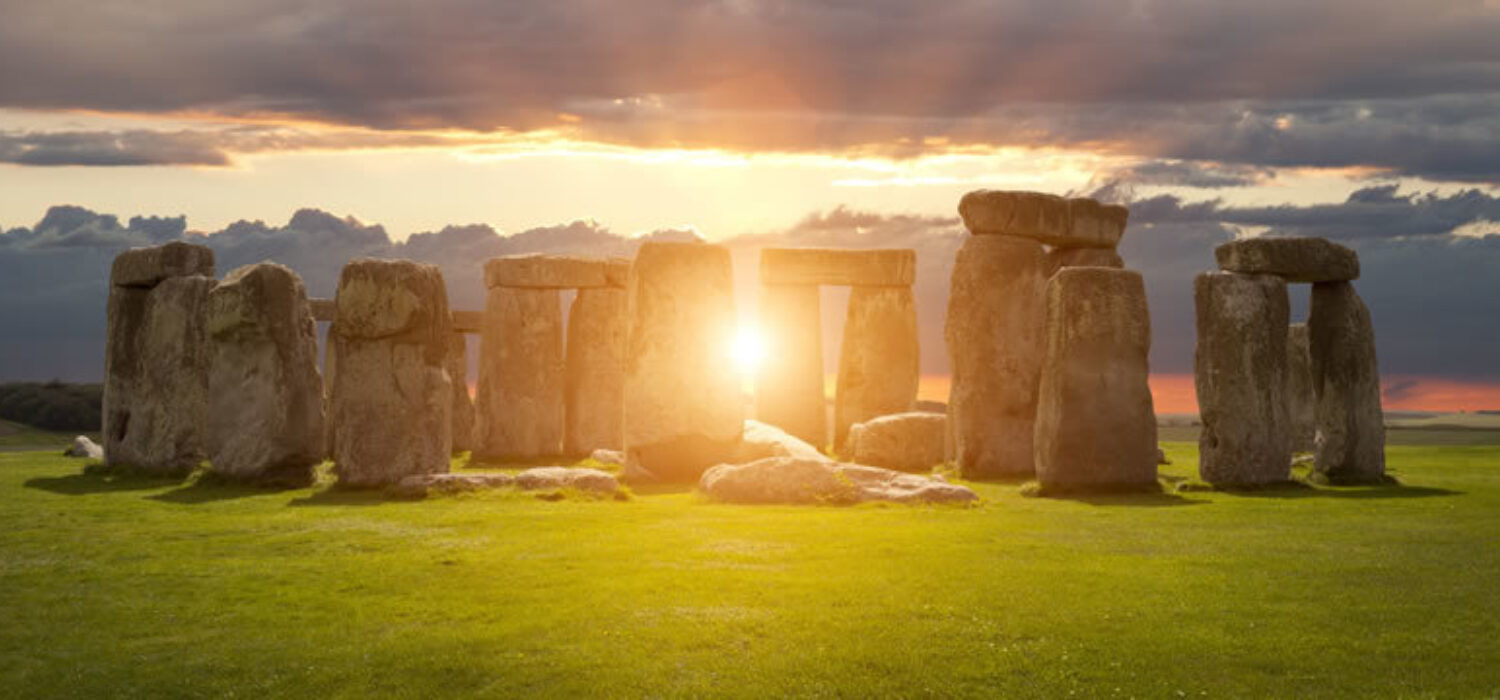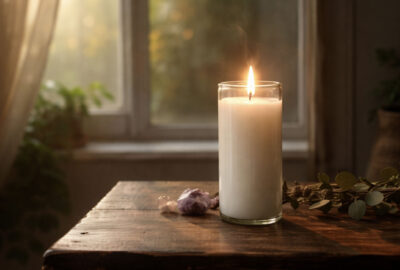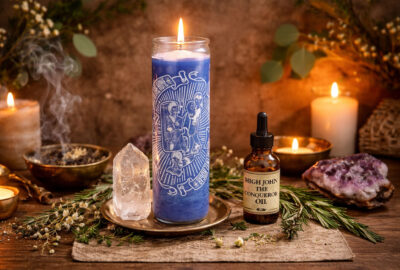
Celebrating The Summer Solstice
It is hard to believe, but spring will be over in less than a month. On June 21, we celebrate the summer solstice. For those of us who live in the northern hemisphere, this day offers us the longest stretch of sunlight in the entire year. This is the yearly turning point after which the sun starts rising later and setting earlier.
The summer solstice is recognized as the first day of summer and has been celebrated for its symbolic importance since ancient times. The word ‘solstice’ is derived from the Latin words ‘sol’, meaning sun and ‘sistere’, meaning to stand still. On this day, the seasonal movement of the Sun's path momentarily comes to a stop before reversing direction.
Celebrations of the Summer Solstice
The summer solstice has been celebrated for centuries, with all sorts of traditions evolving around it. Throughout history, the year's longest span of daylight has been celebrated by cultures around the world. Summer solstice has a long and rich history. It is one of the oldest holidays, since ancient people across all cultures kept close track of the sun's movements to inform them of the time of day.
For the Greeks, June 21 was recognized as the the start of the New Year. It was also the mark of the countdown to the Olympics. This was also the day that Kronia was celebrated. The festival honored the god Cronus, the patron of agriculture. Feasts and games marked the day, but it also held a deeper significance. On this day, slaves had permission to take part in the festivities, joined with free men for this single day.
For ancient Romans, the first day of the solstice festival offered married women the opportunity to enter the temples of the vestal virgins. Within the sacred temple walls they would be allowed to make offerings to Vesta, the goddess of hearth and home.
Many Native American tribes celebrated the longest day of the year with a Sun Dance. Believed to have originated with the Lakota tribe, the Sun Dance was a 28 day ceremony, culminating with intense rituals for the final days. The festivities included meditation, dancing, drumming circles, fasting, and seeing visions.
The Mayas and Aztec people built many of their structures on the summer solstice, ensuring that the buildings aligned perfectly with the shadows of the summer and winter solstices. Pagans call it Lith or Litha, a day to balance the elements of fire and water. In Sweden, the Druids tied the solstice to the celebration of Midsummer, a night and day with properties like no other.
Originally celebrated on June 24th, Midsummer Eve is now celebrated from June 20th-25th. The symbol of midsummer is the krans, a headband of summer flowers entwined around soft birch branches. Children head into the fields in the morning to gather fresh flowers and no midsummer outfit is complete without your very own personalized crown.
In England thousands of Pagans and non-Pagans go to places of ancient religious sites such as Stonehenge, the stone circle located in Wiltshire, England that is estimated to have been built around 3,100 BC, to see the sun rising on the first morning of summer. Built in three phases, the bluestone and sandstone structure required more than thirty million hours of construction. The symbolism behind Stonehenge remains unknown, and historians have grasped to understand if the structure was meant for human sacrifice, religious ceremonies or astronomy purposes.
The day is also recognized in religious calendars. The rise of Christianity threatened pagan traditions, and the summer solstice began to be celebrated in many parts of Europe as the day of St. John the Baptist. St. John’s Eve, celebrated on June 23, is a Christian celebration of Saint John. Sometimes called the ‘summer Christmas’, the summer solstice is just a half-year away from the day of Christ’s own supposed birth.
Seek Fulfillment from the Summer Solstice
According to tradition, certain plants, including St. John’s Wort, roses, rue, lemon verbena, and lavender are most potent during the summer solstice. This is the perfect time to incorporate these items into a tincture.
To make a flower essence, place your flowers in a small glass bowl with rain water. On June 21, let the bowl sit in direct sunlight for 3-4 hours, enough for the sun’s rays into help the energy of the flower expand into the water. Strain the flowers over a strainer and pour the liquid into a bottle or jar until it is half full. Add an equal amount of Brandy to preserve the liquid. Return any leftover essence to the Earth as an offering of gratitude.
Cap your jar, and label and date it. Use a small dropper bottle and fill a small dropper bottle with the flower essence. Use to anoint candles, mojo bags or any other spiritual items that may benefit from the energy of the summer solstice.
The summer solstice celebrates the beginning of summer. It is the perfect day to herald renewal and growth. The day represents a time of fulfillment. From the year's earlier New Year's resolutions to the big goals in your life, ask yourself how you are doing in achieving these things for yourself and others you care about. Are you still aligned with your goals or have you strayed from them? Use the summer solstice as an opportunity to reinvigorate yourself and to make any changes necessary to achieve the endeavors for which you strive.





